Maldives Weather, Seasons & Monsoons
A Complete Guide to Understand Better Maldives Weather Patterns and Season Cycles
Lately on the Blog
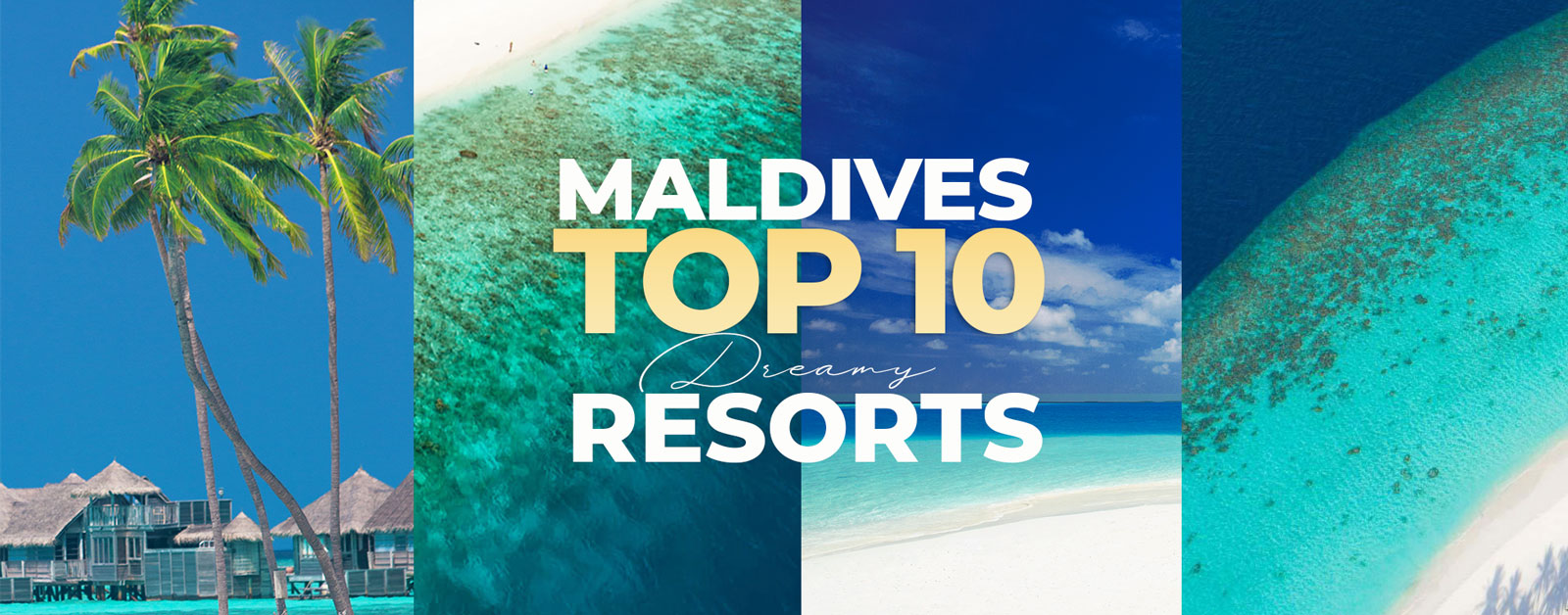
A Complete Guide to Understand Better Maldives Weather Patterns and Season Cycles
The Maldives benefits from their location near the Equator, which offers stable temperatures throughout the year and protection from cyclones.
Their climate is tropical equatorial, generally humid and warm with 2 seasons called Monsoons.
With a distance of 800 km from North to South and the Equator crossing the country, the weather conditions will vary according to your location in the archipelago.
As a consequence, standard weather forecast* for Male ( center North Maldives ) will not be valid for the entire archipelago and the most Southern part, under the Equator, will require forecasts for Gan.
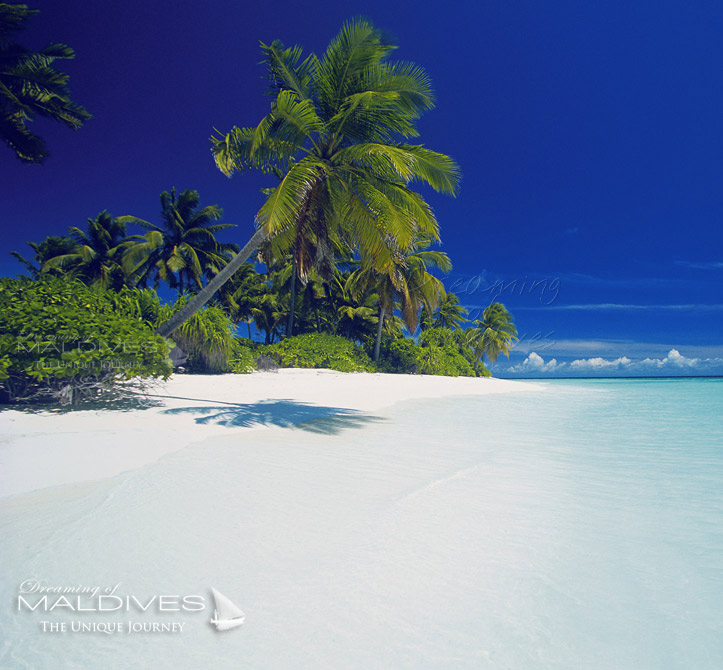
Before reading further. Please, remember :
Just like anywhere else in the World, Maldives weather forecast is not an exact science and cannot be predicted long in advance
The below weather patterns are a general trend based on previous forecasts and Maldives local weather observations.
It is usually advised to choose the so-called "dry" season, from October / November until April. September is in theory (and in theory only) a little less "risky" than June / July / August months when the rainy monsoon can still be (very) active to very active. It sometimes goes on until October.
However, beautiful September months have been also seen, with a few showers only quickly replaced by a beautiful sun. We saw, for example, in the past years, an early and powerful rainy season that heavily started in May ( strong winds and rains are usually happening later on ) to extend itself until December.
The Sun will always shine in Maldives. So, relax.
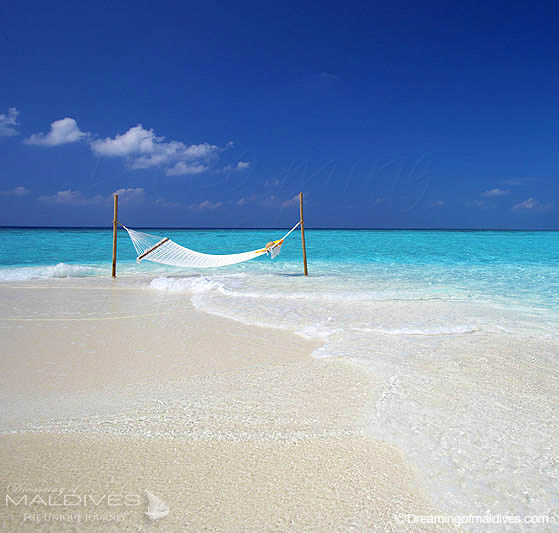
Maldives Cloudy Weather brings Beautiful Cloud Formation
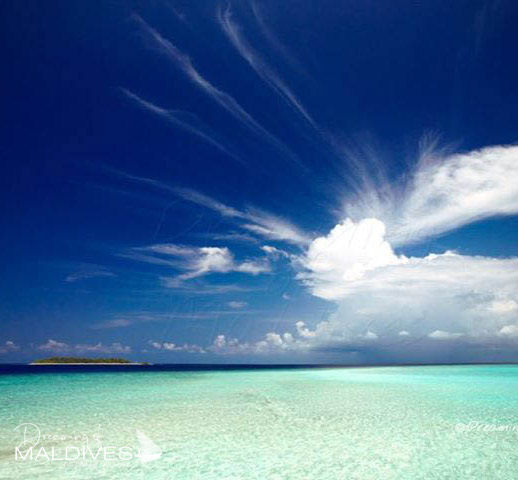
Maldives weather forecasts...are not what they used to be
Predicting the weather in the Maldives is like forecasting the weather in Europe or in NYC in the summer ( yes, Maldives climate is also changing ).
Forecasts and reality can be very confusing.
The best idea is not to rely too much on general weather information generally published on the web or in travel brochures. A nasty surprise could wait for you, even in Maldives...
November is theoretically safer. But again, perhaps will the weather be a little moody at this period too. In any case, nevertheless, you can leave with light heart as you surely will have some beautiful days during your stay.
The year is divided into 2 monsoons in Maldives : the summer monsoon and the winter monsoon.
Although global temperatures do not fluctuate much along the year, each monsoon brings very different weather conditions in term of rain, sunshine and winds.
Hot and dry, This period of year is the best time to go to Maldives
The Best Time to Visit Maldives
Hot and dry, the winter monsoon in Maldives, named "Iruvai" in Dhivehi (Maldivian language), generally begin around October/November.
This monsoon brings calm seas, clear skies with less frequent rains thoughout the archipelago. The weather gets drier and sunnier. During this months, few showers and winds are expected and the sea can be extremely flat.
This period of the year brings a lot of sunny days, completely blue skies with sometimes gorgeous cloud formations.
Iruval season is usually the best time to go to Maldives.
Browse galleryWinter Monsoon is the the Best Time to visit Maldives with mostly sunny days and blue skies

Rainy and Windy, the summer monsoon in Maldives often starts around May to reach its peak around July / August.
Probably not the best time to visit Maldives, but...
The summer monsoon in Maldives, named "Halhangu" in Dhivehi ( Maldivian language), often starts in May and reaches its peak around July / August to slowly disappear in October/November in favor of the sunny and dry winter monsoon.
Considered as Maldives winter, Halhangu brings versatile weather that can change in a few minutes.
Stay POSITIVE, the Rainy season is the best period to witness the most spectacular Maldives Sunsets !
During this period, Maldives can be exposed to heavy rains, rough seas and strong winds and you will often experience strong to very strong rain showers.
In summer times, Maldives weather becomes very versatile and can change in a few minutes. Skies become dark, strong rains can follow a beautiful sunny morning and wind gusts can reach up to 50 Knts ( app. 90 Km/h) for hours.
These dark, rainy and very windy periods can be very short, but they can also continue for a few days and be immediately replaced by idyllic weather conditions.
Winds are generally stable and strong and blow West/ South-West.
Halhangu season is usually not the best time to go to Maldives but can be beautiful too.
Browse galleryAs risky it can be, the Rainy Season can be followed by Sunny periods and bring the best Sunsets
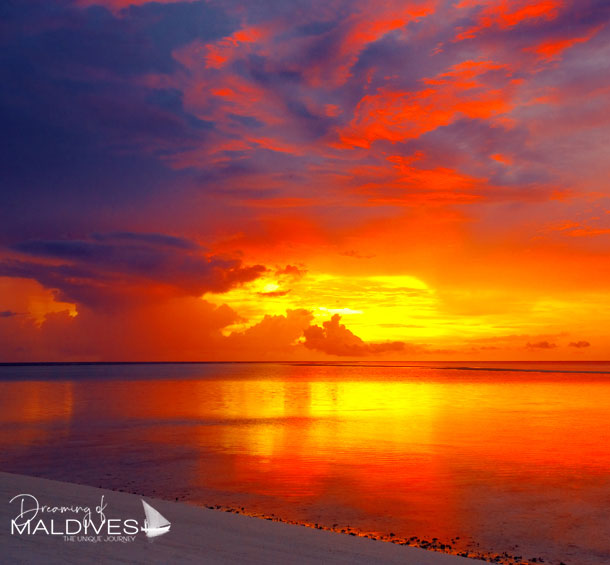
Maldives Air temperature in the Maldives tends to remain stable across the year
- Highest air temperatures / Dry season : between 30°C/32°C (86˚- 90F˚)
- Lowest air temperatures / Rainy season : between 25°C/28°C (77˚- 83F˚)
The average minimum temperatures vary little throughout the year and remain stable between 25°C and 28°C. (77˚- 30F˚)
- Highest sea temperatures : 35°C (95F˚)
- Lowest sea temperatures : 24°C (75F˚)
Click to enlarge
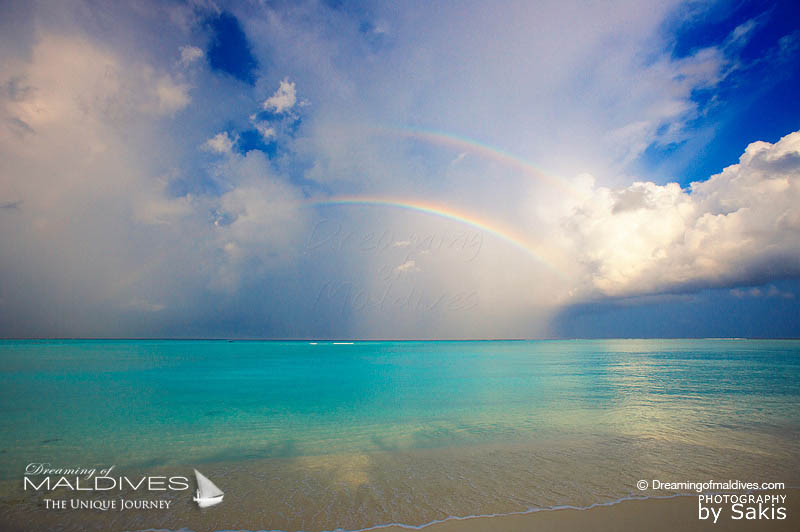
Between rain showers
After the rain, comes the Sun and Rainbows too...
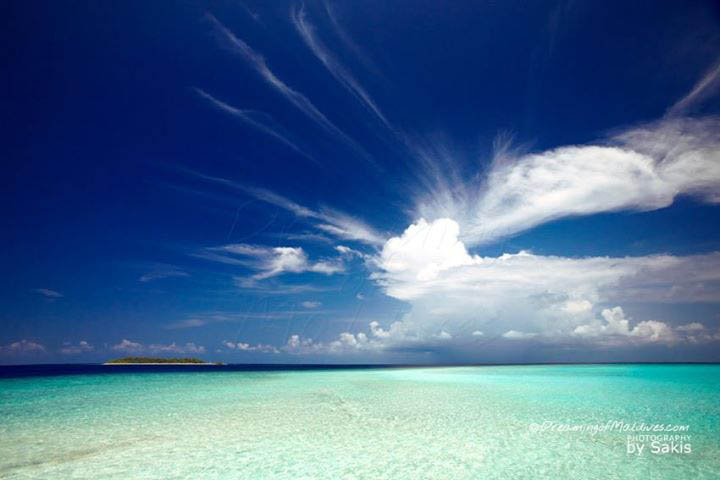
Localized rain shower
Common Rain Shower coming close to the shore

Dark contrasts
Storm and Dark Skies cab be also beautiful
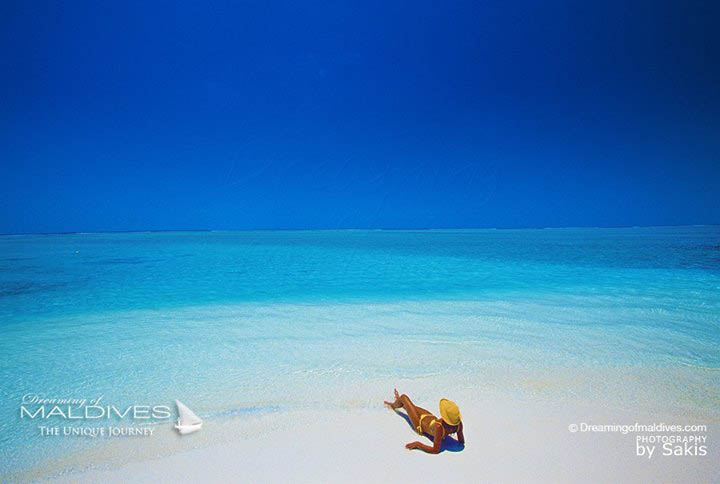
Clear Skies, the best for the Blue
The Best period to come to Maldives
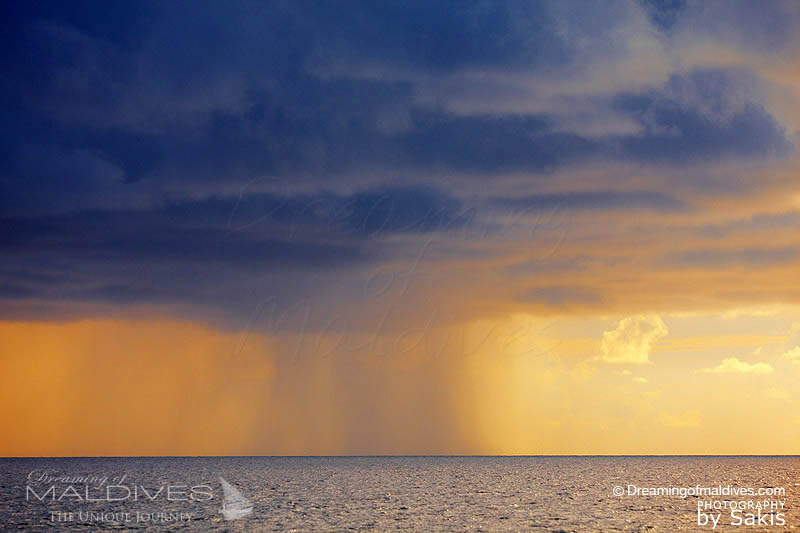
Typical scenery
The summer monsoon is considered as the rainiest Maldives season.

Windsurf Under The Rain
The Summer Season bring strong Winds ideal for Windsurf
Islands & Culture
Explore